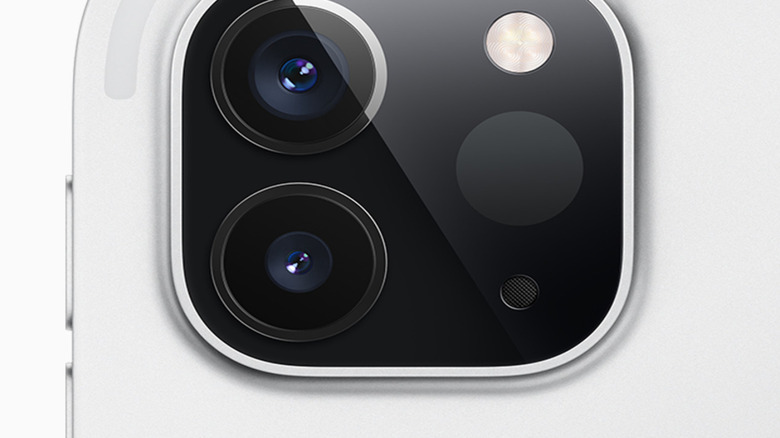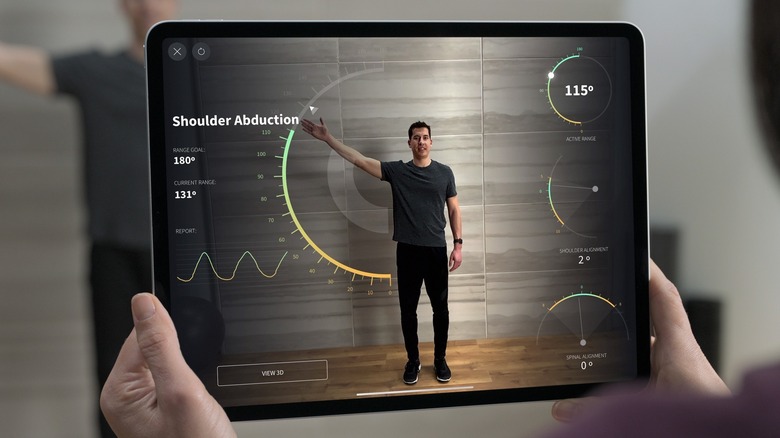What Is The LiDAR Sensor On Smartphones Used For?
If you're an electronics engineer, geologist, or land surveyor, chances are you're already familiar with what LiDAR is. An acronym for light detection and ranging, LiDAR sensors are built for measuring an environment and detecting any real-time movement in that space. This is why it's particularly useful in applications like precise 3D modeling, generation of topographic maps, and navigation of self-driving cars.
However, LiDAR sensors are no longer exclusive to professional and hobbyist situations. They have also made their way to the consumer electronic market in the form of smartphones. Yes, you probably didn't really realize it, but the device you use for selfies and doom-scrolling is actually more powerful than you thought.
Currently, LiDAR still isn't a standard feature on most major smartphone brands. In fact, only iPhones (Pro models only, starting from iPhone 12) seem to come equipped with a LiDAR sensor. But just because it isn't widely adopted yet doesn't mean it's a useless add-on altogether. On the contrary, the LiDAR sensor on iPhones has proven to be quite a practical tool.
The role of LiDAR sensor on smartphones
The LiDAR sensor on smartphones works in pretty much the same way as it does in professional settings. It's still generally designed to measure distances and sense depth. The only difference is that the smartphone version is scaled down for short-range use of only about 16 feet (five meters), while professional LiDARs can effectively cover 40 times more.
Although significantly less powerful, the LiDAR sensor on smartphones is handy for a whole range of use cases. For one, it upgrades the camera with six times better autofocus performance in dim environments. This, in turn, made the Night Mode portrait feature possible on mobile.
Another practical use of the LiDAR sensor, particularly on the iPhone, is via the built-in Measure app. If you're in a pinch and don't have a ruler or tape measure with you, your iPhone can double as your measuring device, thanks to the LiDAR sensor. It lets you determine how tall someone is, estimate the size of objects with guidelines, and add a ruler overlay on the objects for reference — things you can't do with the non-Pro models. Based on our tests at how accurate the iPhone's measuring app is, we found it to be off by about 3 to 5% compared to actual dimensions. This means it's okay for estimations, but not so much for precision.
Other than camera improvements and real-life measurements, the LiDAR sensor on smartphones is extensively utilized in third-party iPhone apps too. Apps like magicplan and RenoPlan use the LiDAR to make 360-degree panoramas of a room. Polycam and SiteScape, on the other hand, create 3D scans of objects. There are even games that you can integrate into the real-world through LiDAR's augmented reality capability.

